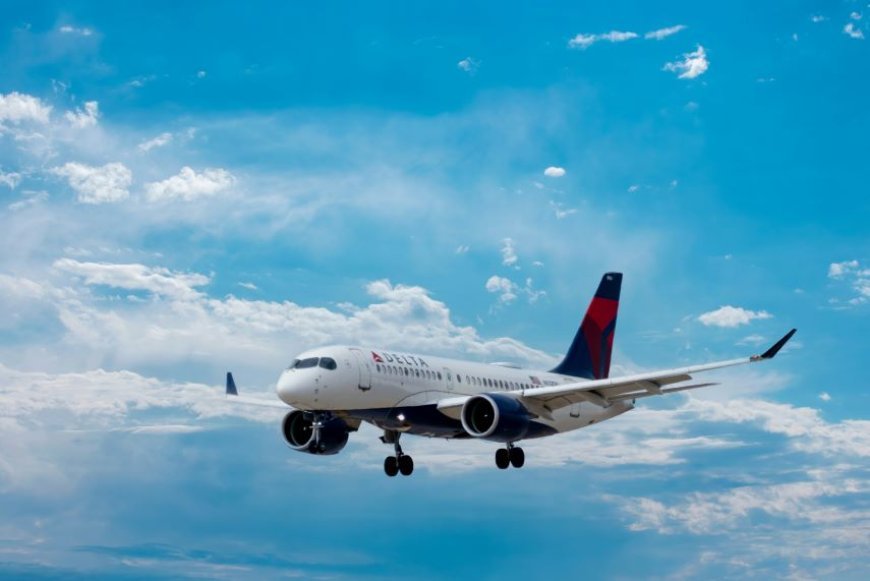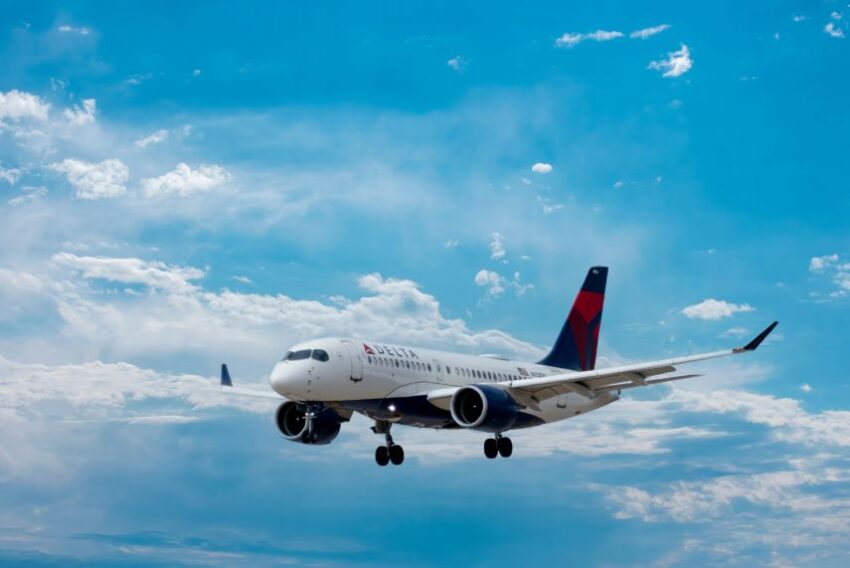Delta Flight Declares Emergency After Engine Failure, Returns To Atlanta For Safe Landing


Delta Air Lines flight DL8962 suffered a serious in-flight emergency in a Boeing 757-200 just after taking off from Hartsfield–Jackson Atlanta International Airport (ATL) bound for a repositioning flight to Chicago O’Hare International Airport (ORD). The aircraft was required to return to Atlanta as the crew reported engine trouble with a complete lack of oil pressure in the right engine. The flight crew took effective actions toward an emergency declaration, which resulted in the 44 passengers on board safely landing at ATL.
The Incident: Engine Failure Mid-Flight
Flight DL8962 was authorized to climb to 14,000 feet after takeoff from ATL. The flight crew of DL8962 requested ATC to allow them to level off at 10,000 feet. The request was indicative of a sudden loss of oil pressure in the right engine, which, if not attended to, could result in engine failure. The pilots notified ATC of the emergency, declaring a full in-flight emergency.
The swift actions of the crew in dealing with the engine problem and coordinating with ATC ensured the flight was under control throughout the emergency. As confirmed in ATC communications, the pilots stated the aircraft was equipped with 44 passengers, 20,000 pounds of fuel, with no hazardous cargo or infants onboard. This information was sufficient for ATC to provide the necessary vectors for a safe return to Atlanta.
Efficient Communication and Coordination
During the emergency, pilots and ATC were in constant communication, coordinating actions to manage the emergency. The crew requested a long final approach to 26R, which permitted a controlled descent. The flight crew remained confident in their ability to handle the situation and continued to provide ATC updates about the engine problem and other flight parameters.
ATC and the crew worked together to ensure that the aircraft remained in safe airspace, restricting altitude changes as well as the final approach. That efficient communication contributed to the effective management of the emergency with no complications during the landing.
An Emergency Landing Incident
Delta flight DL8962 conducted a safe emergency landing on 26R at Hartsfield-Jackson Atlanta International Airport. The aircraft on the flagged flight seemed to have some engine problems, but there were no complications during landing. As the aircraft came to a halt on the runway, the fire services who were on standby were ready to assist, if needed.
Smooth execution of the emergency landing showcased the efficacy of the forethought provided by the Delta flight crew as well as the emergency service divisions at the airport. The aircraft was towed to a taxiway for inspection before cuing to the gate. No passengers were harmed during the flagged flight, and the Delta aircraft was treated as a normal aircraft and cleared to return to service after undergoing standard checks. The Responsibilities of the Flight Crew Towards Safety
The flight crew contributed immensely to the safety of all passengers through their quick thinking and action in resolving safety issues. The flight crew demonstrated their training and skills by electing to handle the emergency and bringing the flight back to ATL. The standard aviation procedure of declaring emergencies at the very first hint of the issue for resolving safety and operational risks helped in managing the flight at critical junctures and intervening just in time to make a difference.
In addition to what has already been stated, the flight crew gave constant updates to ATC, and thus, their communications concerning the engine failure and the flight parameters were very important for the flight and for managing the situation. The pilots were also able to assure the emergency services that the flight was not carrying any dangerous goods, which was very important information for the ground emergency services.
Delta Airlines and Why it is Critical to Ensure Engine Safety
Like other major American airlines, Delta Air Lines has continuously improved and maintained safety standards throughout its fleet. This case demonstrates how Delta Airlines operates and maintains safety standards, particularly the Boeing 757-200, which is part of Delta’s fleet and continues to be used for passenger and charter flights. Delta’s Boeing 757 is iconic because of its reliability, but of course, all aircraft go through regular and rigorous deep maintenance.
As for this flight, Delta Airlines’ maintenance crew had to respond faster to the Boeing 757’s engine oil pressure issues for the flight to be safe. For this flight, the Delta Air Lines crew was more than ready to maintain safety standards and ensure the challenging engine oil pressures were dealt with. Every airline’s maintenance crew knows, a quick response to aircraft issues is paramount, and Delta’s quick maintenance response on this flight ensured its success.
Last Inspections and Ensuring Passenger Safety
Fire crews were on standby to inspect the aircraft before the passengers were able to disembark. Only after the aircraft was cleared would the passengers be allowed to disembark. After thoroughly inspecting the aircraft and determining everything was in order, they were cleared to thumbs up for departure. Everything went extremely smoothly, and the passengers were still able to get off without any drama.
En route to the gate, the aircraft was still under the control of the flight crew. They instructed that the fire vehicles stay near the aircraft once the aircraft started moving again. Everything went according to plan without any hitches, and an entire fire crew, ATC crew, and fire crew from the neighboring airport made coordinated efforts to come up with a plan for what was a potentially critical incident.
Conclusion
The emergency landing of Delta flight DL8962 illustrates an effective and efficient emergency response. Delta flight company and Hartsfield-Jackson Atlanta International Airport’s emergency response systems illustrate the professionalism of the flight crew and air traffic control. Although there was a loss of oil pressure in the right engine, the situation was expertly managed, and the 44 passengers onboard were unharmed. This incident underlines the critical roles of crew training, communication, and appropriate actions during emergencies in aviation.
(Source: Delta Air Lines, Hartsfield-Jackson Atlanta International Airport, FAA)
The post Delta Flight Declares Emergency After Engine Failure, Returns To Atlanta For Safe Landing appeared first on Travel And Tour World.






